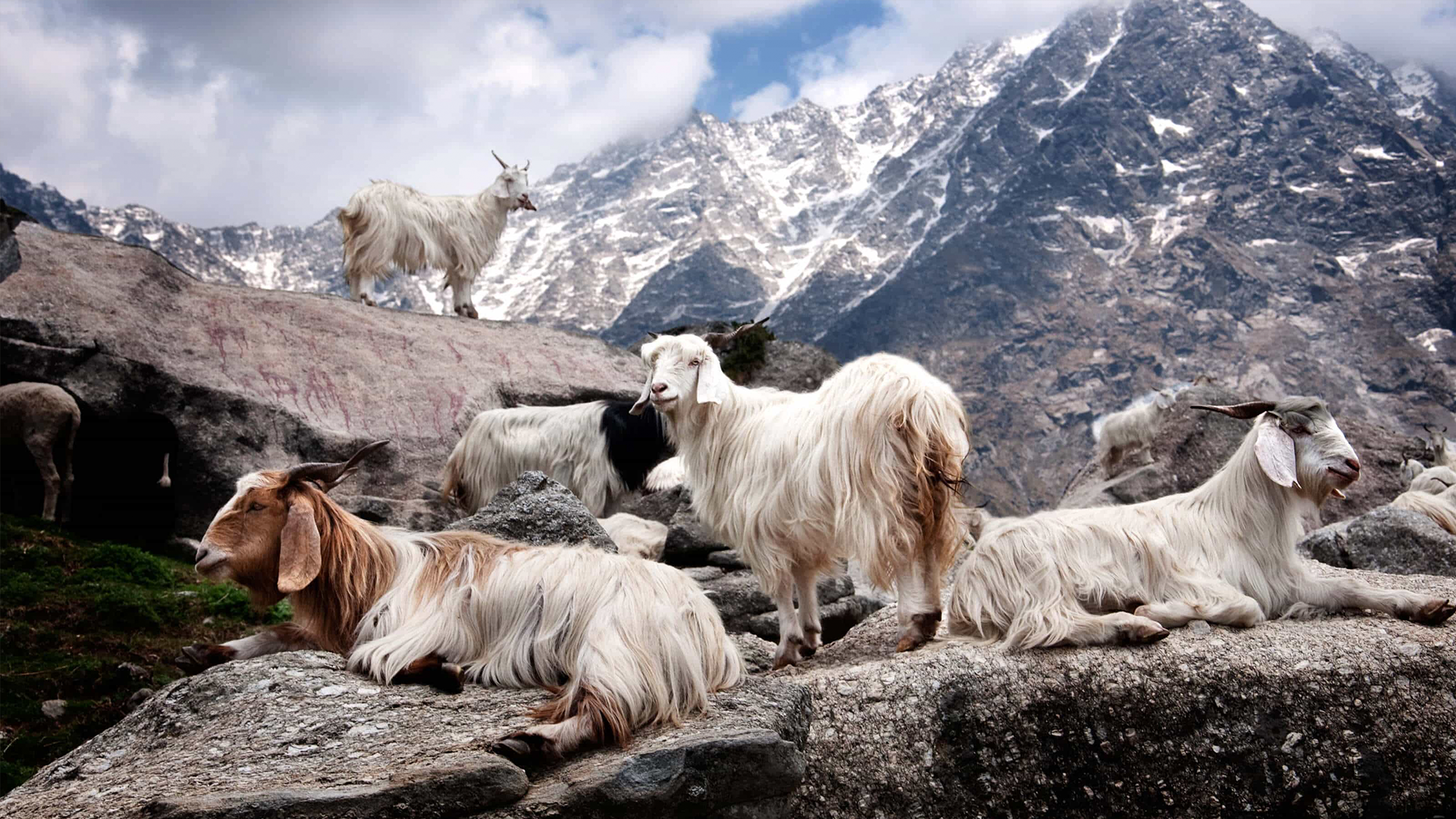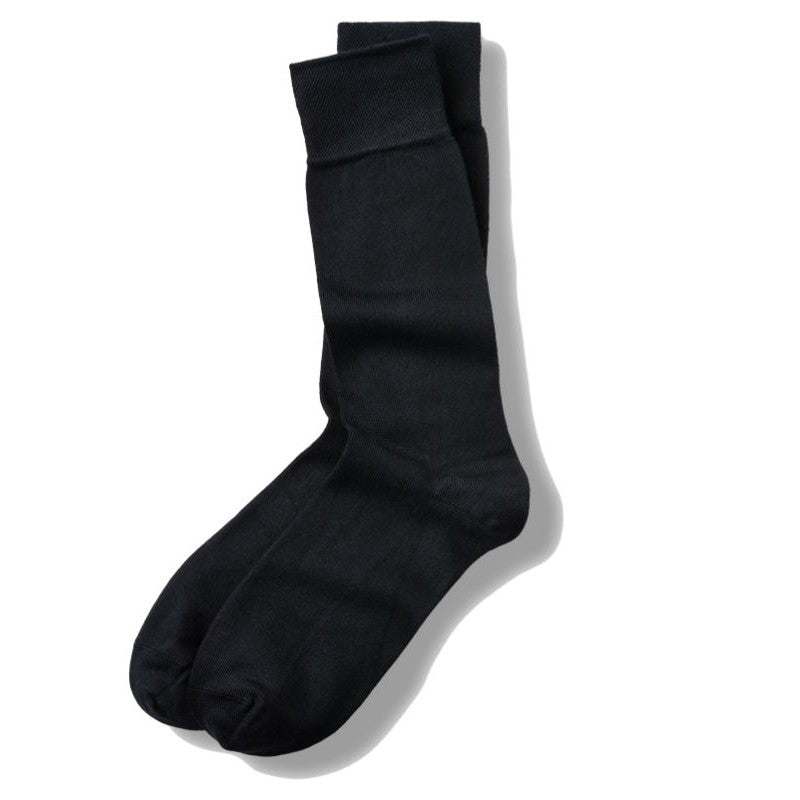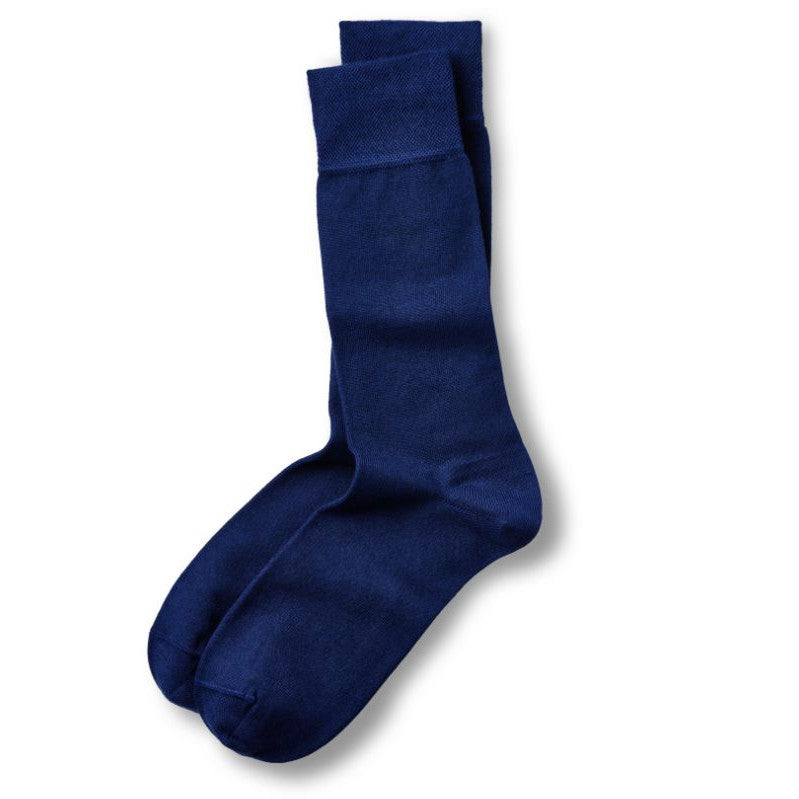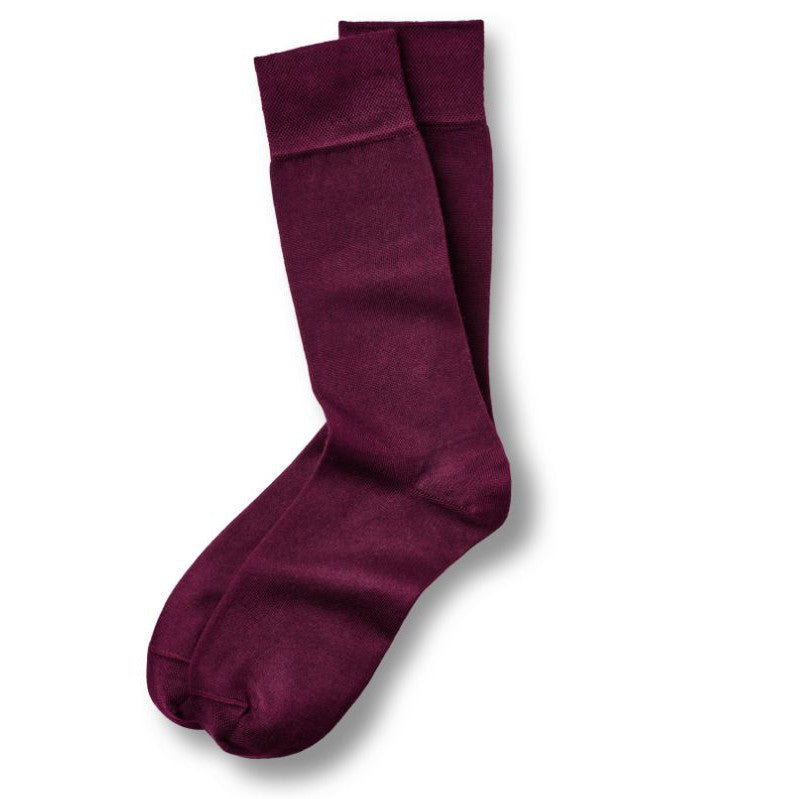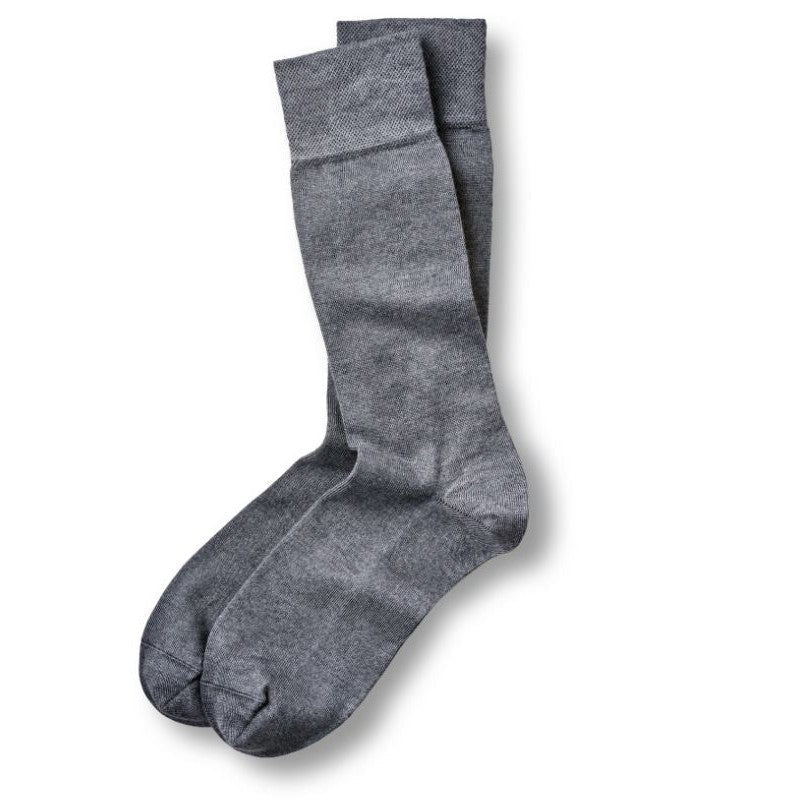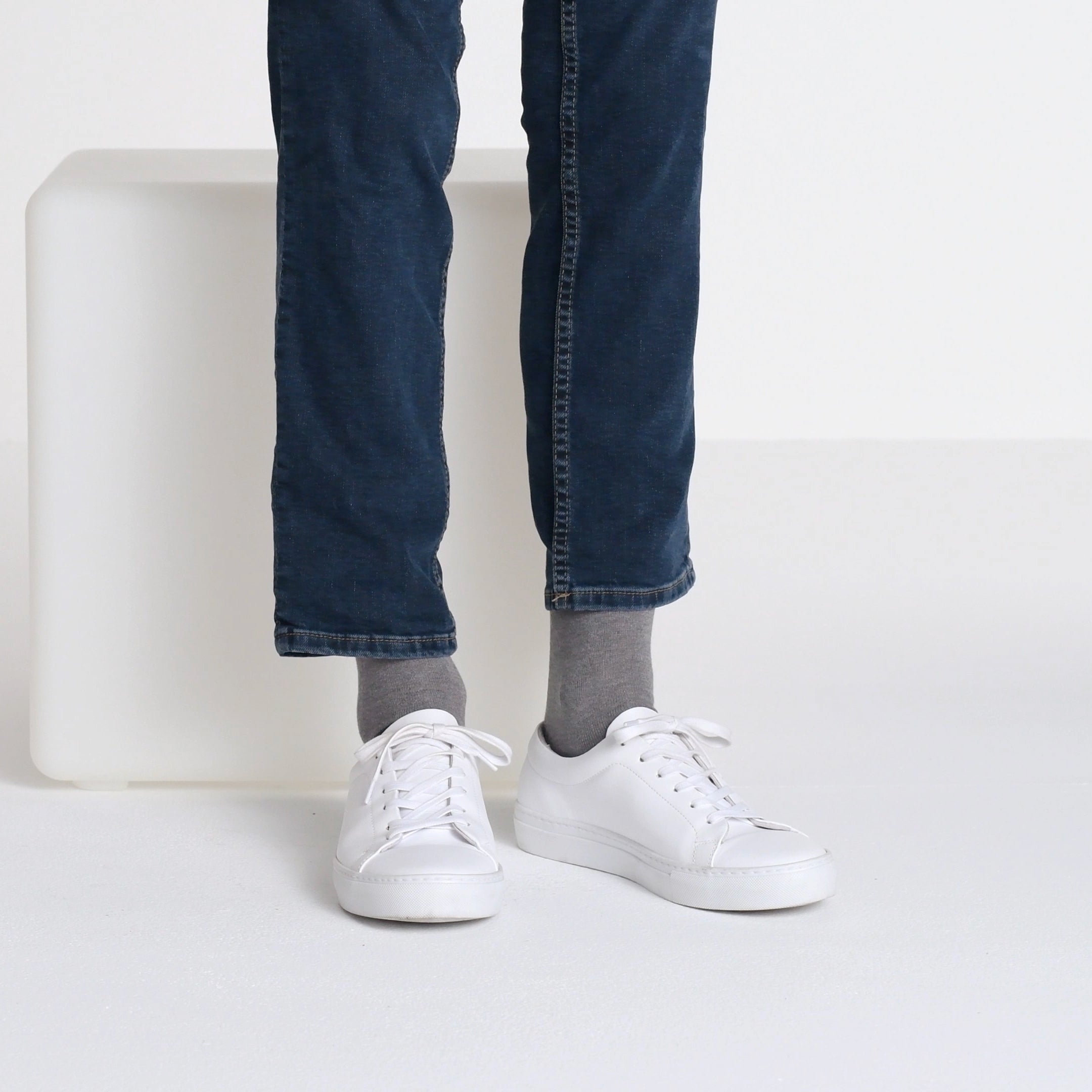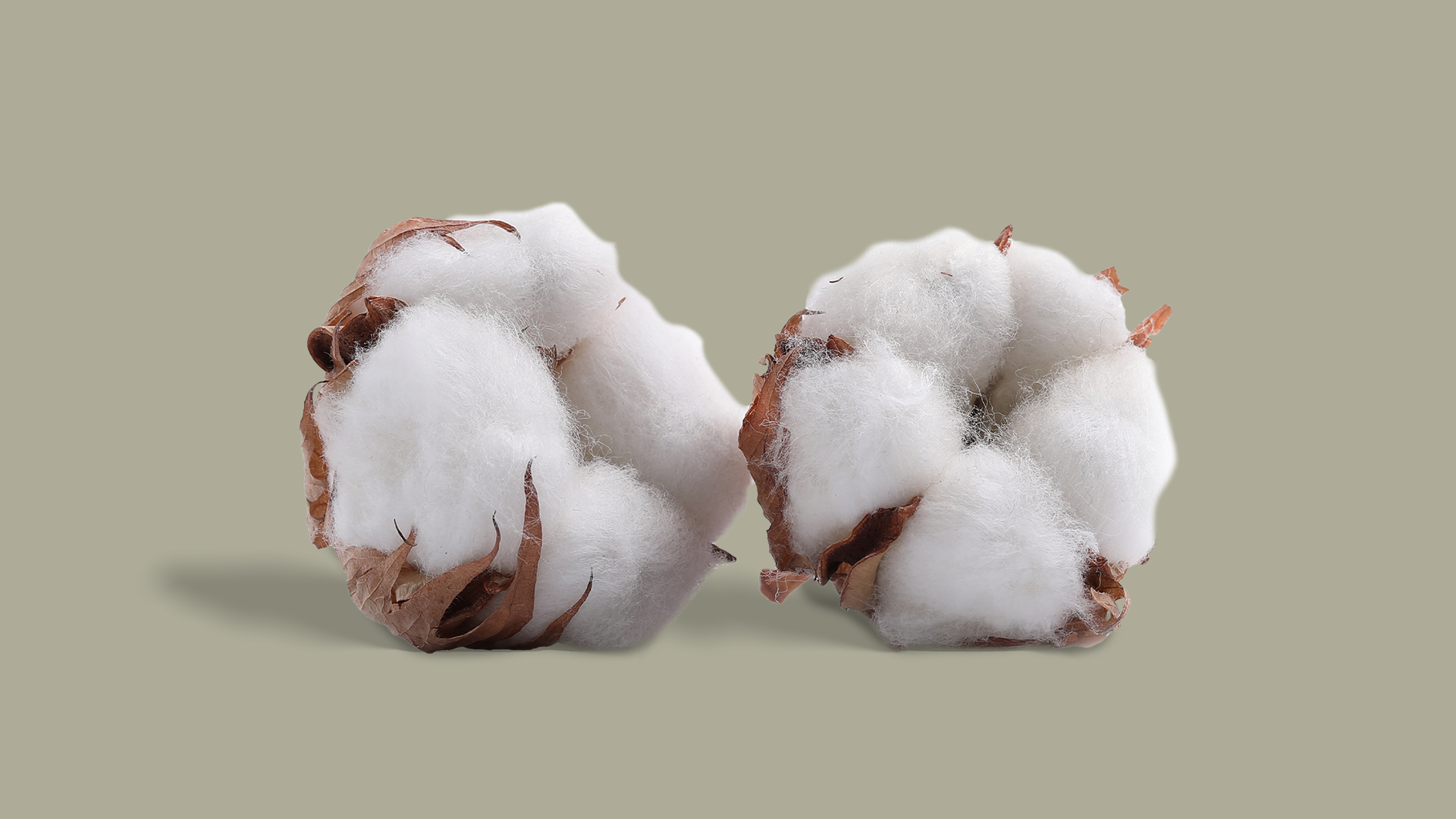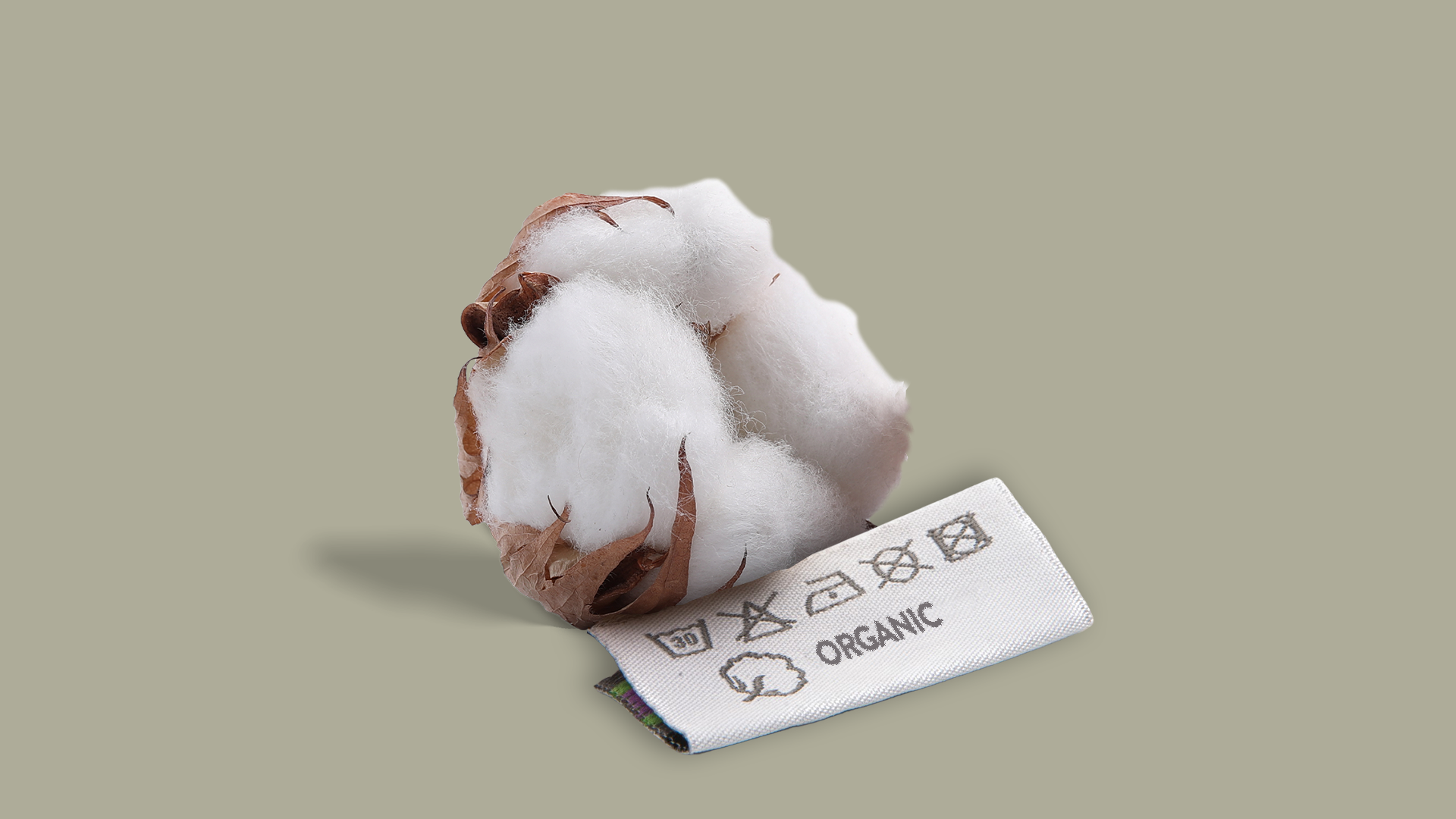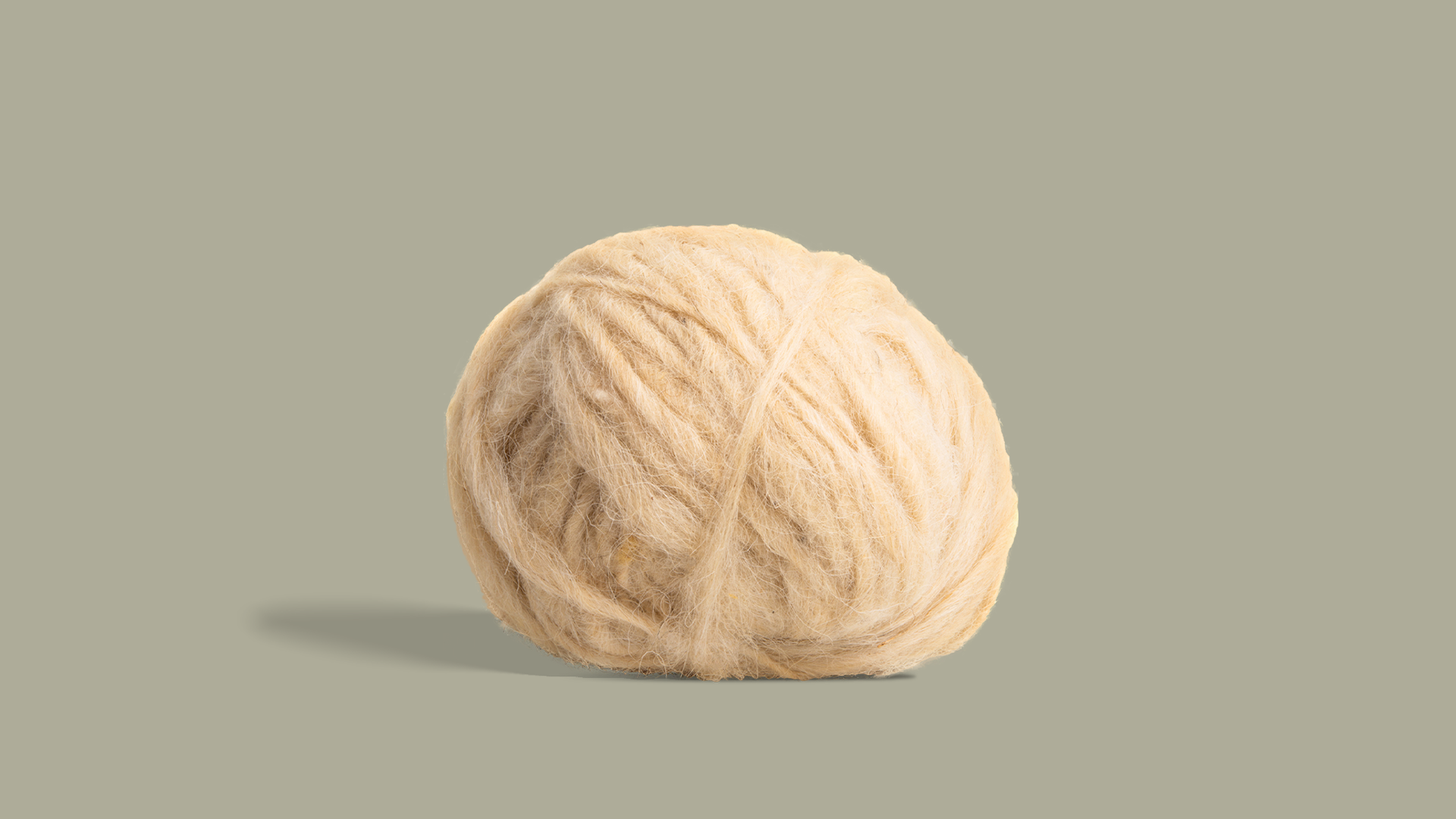Kashmir - the finest from nature
Kashmir is one of the finest and most valuable natural fibers. It is obtained from the fur of the cashmere goats. To protect against the cold temperatures in their original homeland, the Himalayan region, these goats develop particularly fine, soft and dense underhareen, which protects them against the extreme cold.
The wool is often processed in cashmere sweaters, scarves or socks, which are particularly popular in the cold season. The cashmere wool flatters the skin with its soft and light fibers and gives them a luxurious feeling.

Are they worth the cashmere socks?
If you don't like warmth Have feet, silky-soft Wear socks or Like on clouds Want to go, then Kashmir is not for her, no. However, if these properties agree, they are always worth it. For our Kashmir Modal socks, we process 8% cashmere with modal obtained made of beech wood. This combination is constant, but still incredibly soft! Really - you have to feel that.
Treat your feet pure luxury!

How cashmere wool is won
In spring, when the air becomes a bit milder, the goat loses part of its hair when changing fur. At this point, the valuable wool can be obtained by combing from the subfell. The annual gain in wool is only 100 to 150 grams per goat, which is why Kashmir is one of the most valuable natural fibers.
The name of the wool is derived from the Indian region of the same name. In the Roman Empire, this place was the main supplier of the valuable natural carn. Today, the majority of the cashmere wool comes from China, Mongolia, Iran, Australia, New Zealand and also Scotland.
Enjoy the diverse properties of the wool
Moisture, dirt, smells - Kashmir rejects everything we don't need and keeps the wearer in a pleasantly warm environment. Kashmir goats have to protect themselves against temperatures of up to minus 40 degrees. For this reason, the fibers are very long and keep warmth six times better than sheep's wool. Moisture and smells, on the other hand, are derived.
The fibers are very fine, but wrinkle and tear-resistant. You can recognize a real cashmere product, among other things, by the fact that it does not get any permanent wrinkles. But don't worry, we check the authenticity of the wool.
Is it really cashmere?
Kashmir is such a sought -after natural product that also calls counterfeiters. Not all textiles on which Kashmir stands actually contain cashmere wool. Certain counterfeits are difficult to recognize when less expensive varieties of wool have been added because animal wool has the same structure.
So that we can guarantee the authenticity of the cashmere wool, we have DNA analyzes carried out. This is the only way we are sure that you receive what you pay for.
So it is best to maintain cashmere
Thanks to its natural self -cleaning effect, Kashmir does not need laundry after wearing. After ventilation, the cashmere product is rid of all smells and again like new.
After carrying four to five times, the product can be washed again. The hand washing or a gentle wool wash program should be preferred up to a maximum of 30 degrees. Instead of wring up in a terry towel, squeeze gently and let it dry. Nodules that form over time can be removed with a pilling ridge.
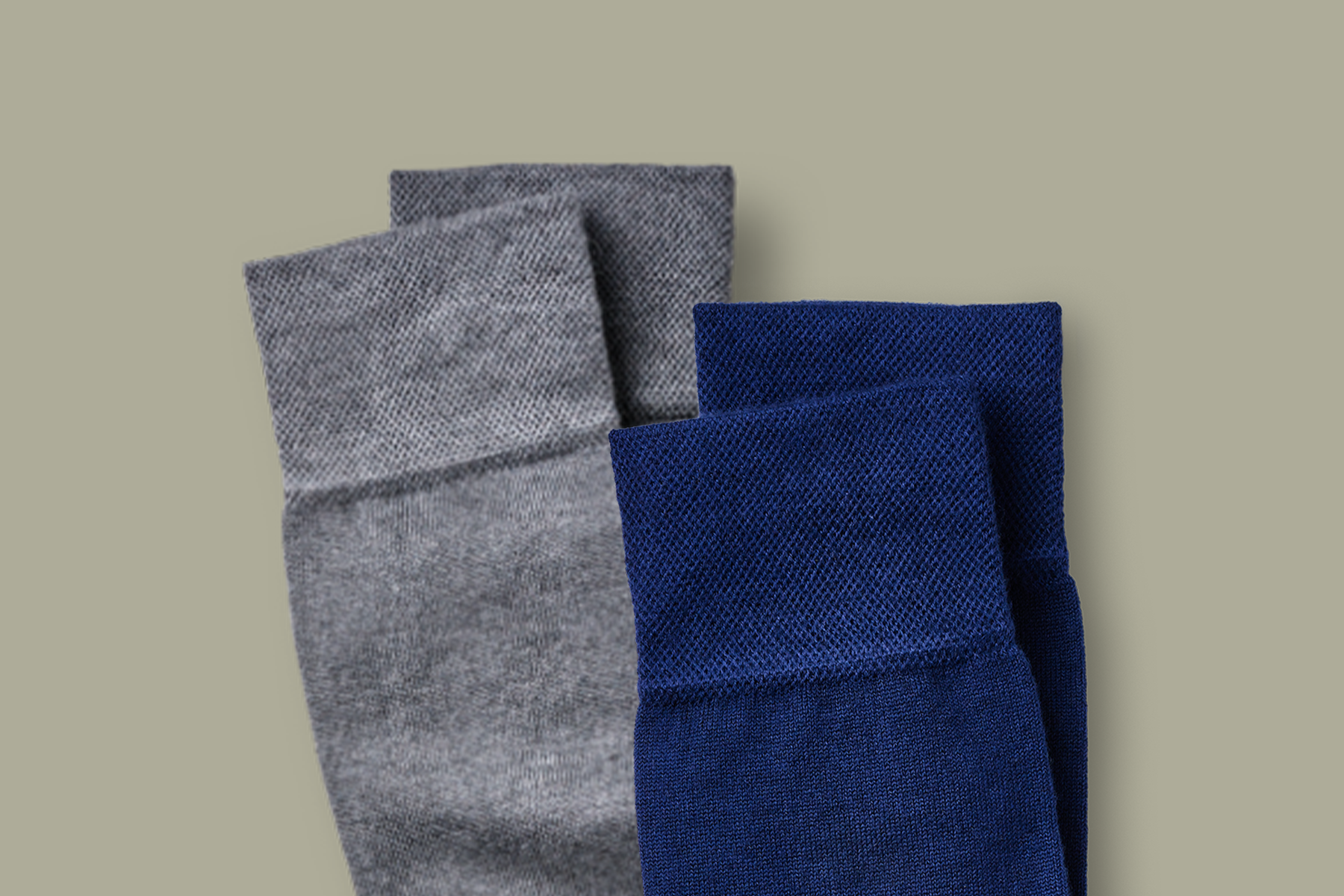
So it is best to maintain cashmere
Thanks to its natural self -cleaning effect, Kashmir does not need laundry after wearing. After ventilation, the cashmere product is rid of all smells and again like new.
After carrying four to five times, the product can be washed again. The hand washing or a gentle wool wash program up to a maximum of 30 degrees to prefer. Instead of wring up in a terry towel, squeeze gently and let it dry. Nodules that form over time can be removed with a pilling ridge.

